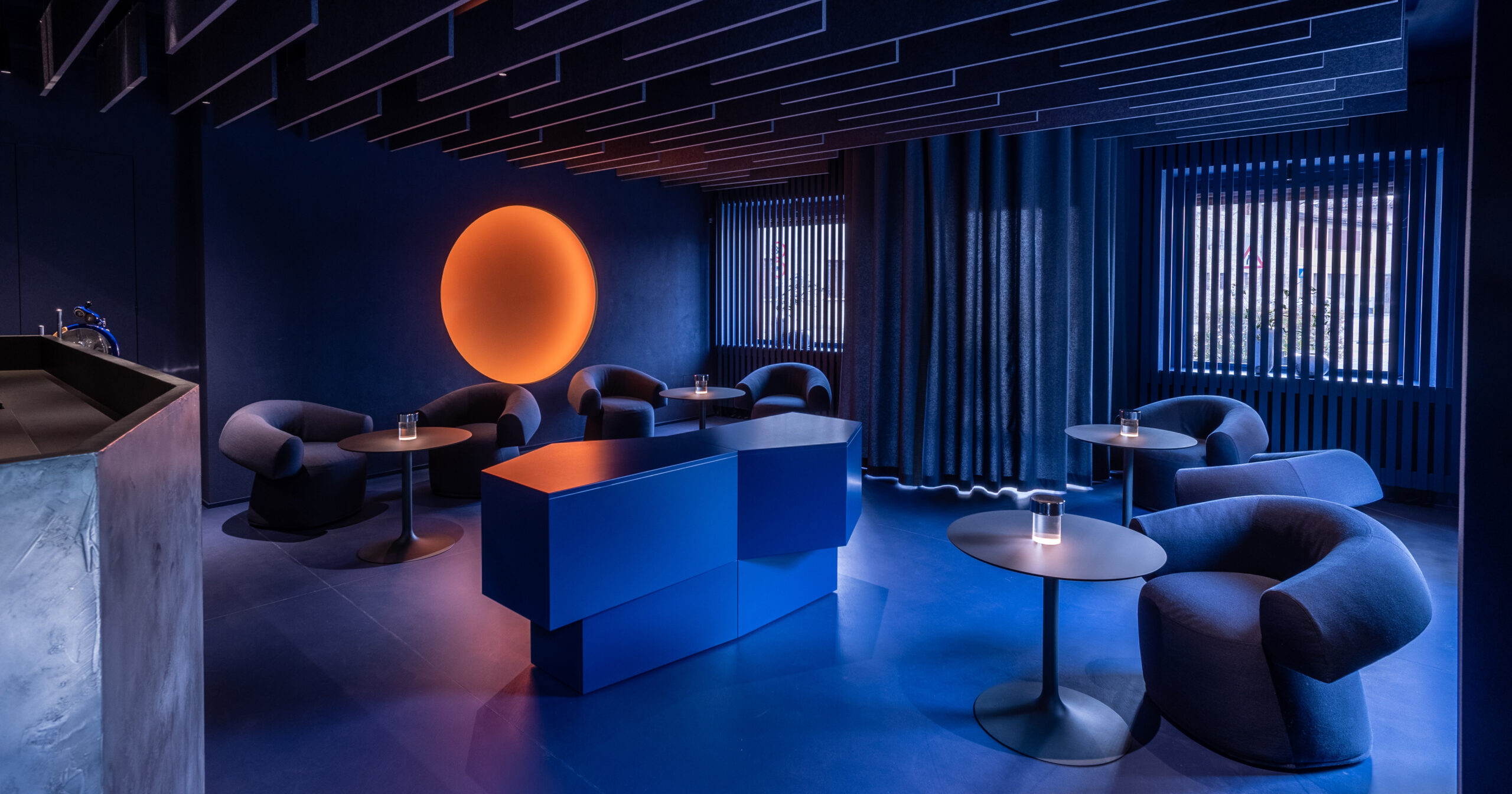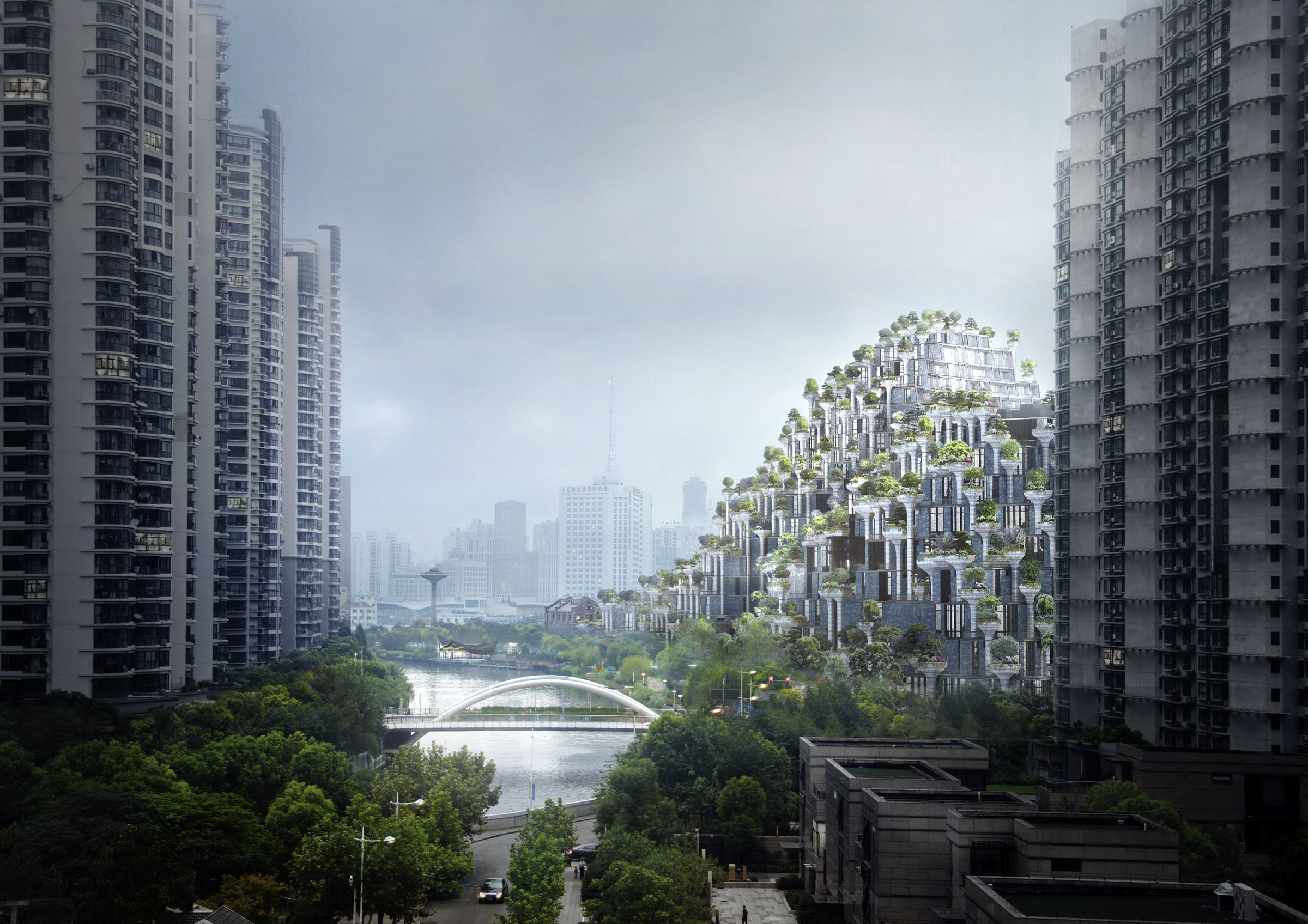Architizer’s Vision Awards is celebrating the continued relevance and vital importance of architectural model-making with a special Physical Models Category. Learn more and start your submission before the Main Entry Deadline on June 9th.
Scale models are as old as architecture. They were gifts, offerings or funerary objects before they became design tools for architects and designers. Model-making could have been relegated to a less significant craft or even disappeared with the rise of 3D computer-generated visualizations. Yet, these miniature representations of the built world remain an essential tool that facilitates the creative process for architects and helps communicate ideas to clients. Moreover, they are artful artifacts for everyone to enjoy.
The Unsettling Perfection of 3D Computer Models
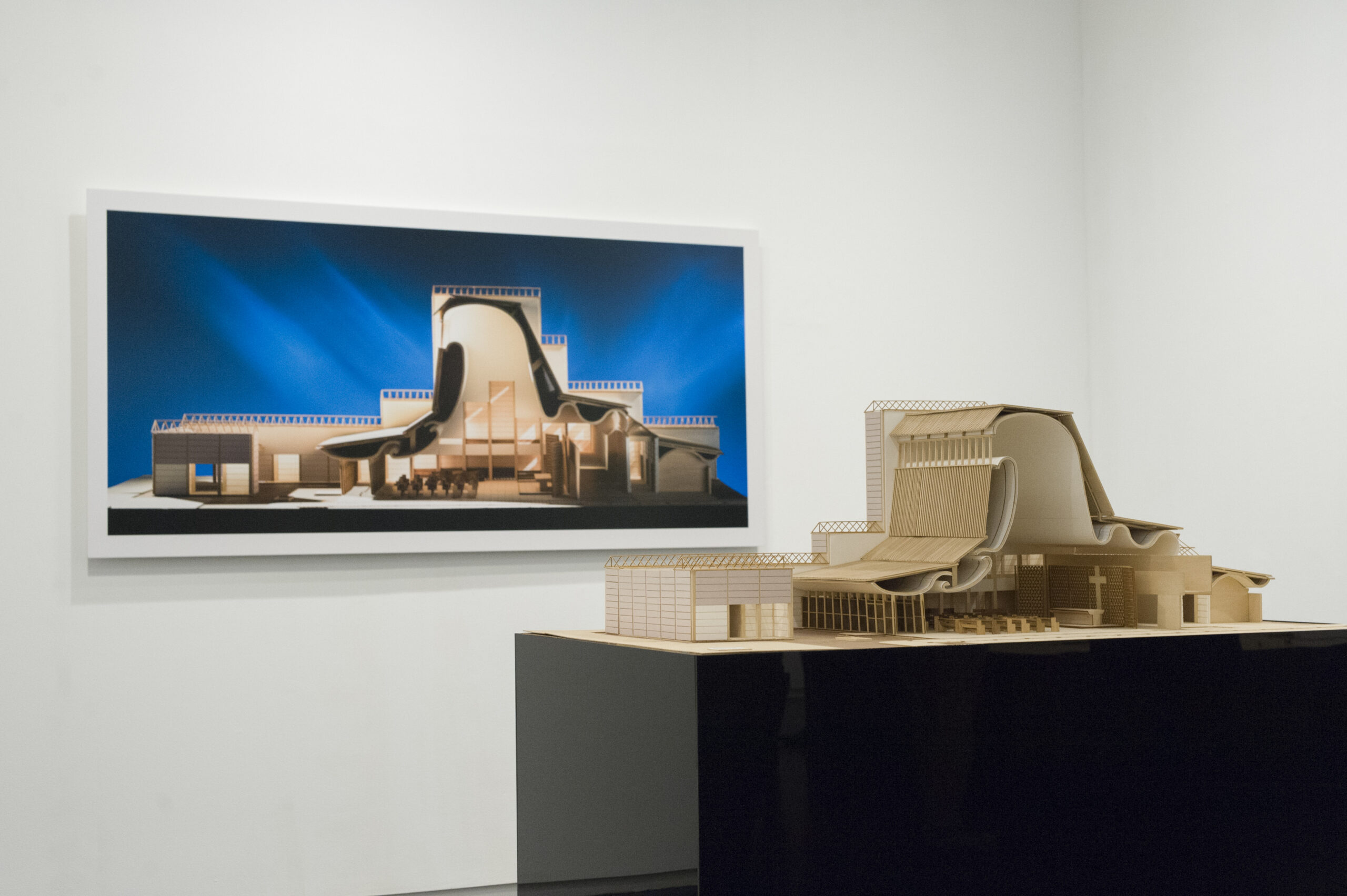
A model of Jorn Utzon’s Bagsværd Church and an accompanying photograph by James Ewing featured in the Stagecraft Models and Photos Exhibition. CC BY-SA 4.0
Like physical scale models, 3D computer visualizations are valuable design tools. However, in their race to create ever-so-perfect representations of architectural designs, digital models have changed the way we conceive and perceive physical space when designing. Accuracy and realistic approach are downplayed in favor of fantastic renderings. Form, scale, color, texture, transparency, reflection and lighting — all critical design elements — are heightened to impossible levels.
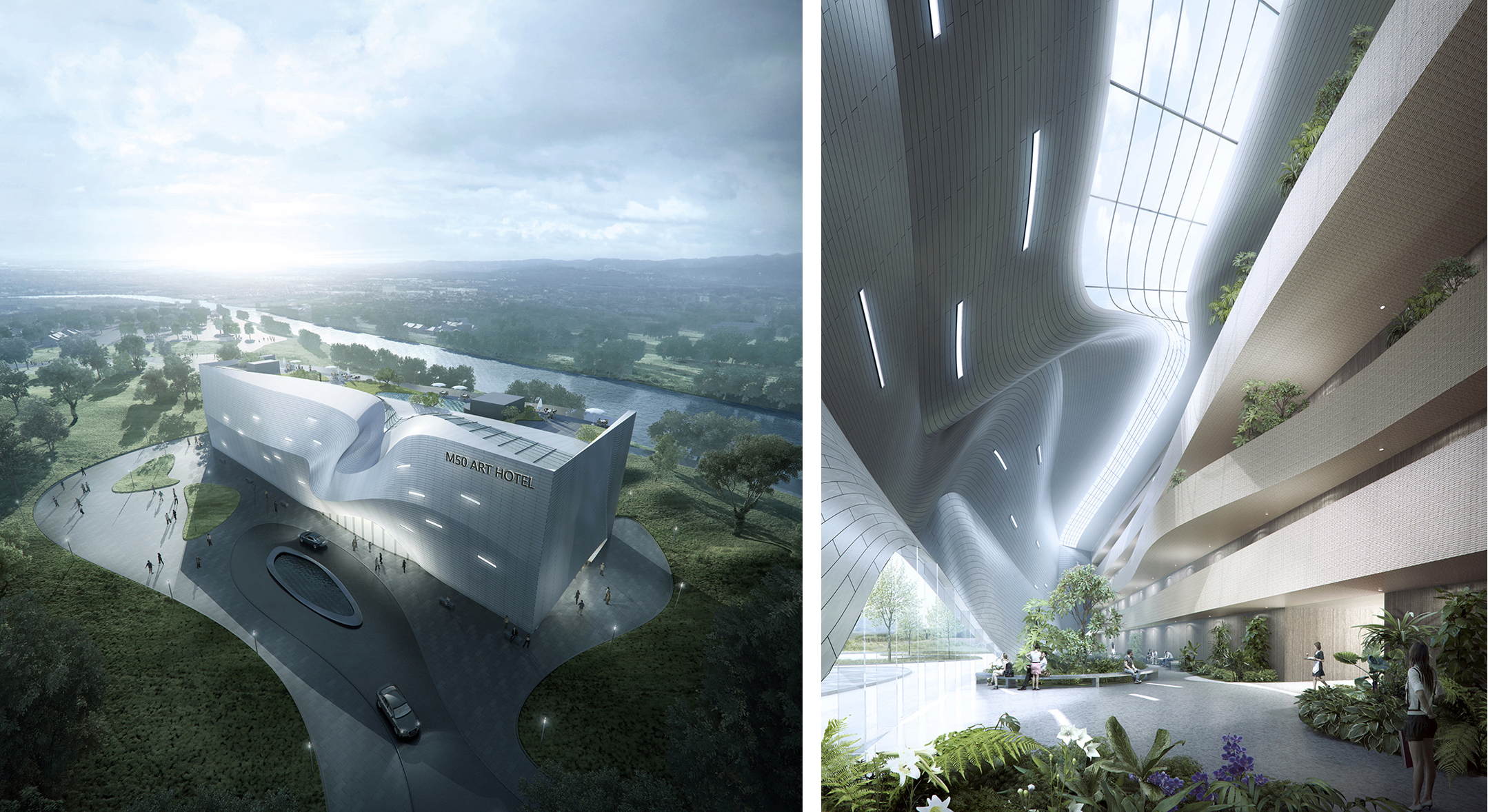
Soft lighting and homogenous greenery make the building stand out in its location (left); the same soft light harmonizes with the attractive wavy forms of the building’s interior(right). While both images are eye-catching, they fail to show a realistic perception of the spatial qualities and the building’s relationship with its surroundings. 3D computer renderings of M50 Art Hotel by MUDA-Architects.
More often than not, 3D models are fancy renditions made to impress, yet they can be misleading representations when they fail to imagine the realistic implementation of the design elements. The creation of an honest 3D model takes accuracy in execution and a realistic approach. When the wrong approach is taken to a project’s representation, the results can lead to unrealistic expectations on the part of the client.
The meticulous process of model-making encourages inward conversations. Physical models are a tool for thinking, analyzing, questioning and resolving. Physical models translate hand-sketched ideas into a three-dimensional format. For some architects, one cannot exist independent of the other. They move back and forth between the drafting desk and the model-making table, adjusting lines or folding planes. The architect walks around its miniature creation and crouches to glance at the interior as the model takes shape. Whether it’s an architect building the model or a client looking at it while listening to the architect’s explanations, their connection with the model is personal and profound.
Study Models versus Presentation Models

The simple wood model for the East 34th Tower by MAD Architects (left) gives a sense of dimension and scale (left); Likewise, the wood model for the Organic Farm project by ARCHSTUDIO (right) expresses the distinction between solid and transparent surfaces very effectively.
Physical study models are simple and unpretentious. They can be cardboard, balsa wood or foam board assemblies that lend themselves to easy manipulation by adding or removing parts, cutting, folding, pining or gluing. Presentation models, on the other hand, are another story — they are seen as beautiful and artful artifacts only to be admired. There’s a hierarchy in the world of physical models.
Architects build models to communicate their design ideas in a three-dimensional format, and models express these ideas enchanting their viewers, who see that the only difference between the building model they are looking at and its life-size counterpart is a ratio.

The National Museum of Qatar in Doha, designed by Ateliers Jean Nouvel, is an expression of the culture and history of the country on the Arabian peninsula. The minimalistic model beautifully evokes the bladelike petals of the desert rose. Photos by Iwan Baan.
Study models can be a step toward presentation models. Some are unique, exquisitely crafted by model-building experts who leave everyone in awe with their creations. These models are nothing less than artwork in their own right, extraordinary creations that go beyond the simple representation of an architectural design. They have their “language” that evolves alongside technological advances. The result is artifacts of sculptural qualities. Their unique craftsmanship and beauty have earned them special places in museums and art galleries.
Physical Models as Artful Examples of Architectural Trends
We probably all played with building blocks when we were kids, staking them into impossible constructions, and for a moment, we became architects and builders of our imaginary world. Physical models are the architects’ building blocks. With them, architects explore new forms and spaces and communicate design intentions. Presentation models reach a level of exquisite craftsmanship, serving as artistic examples of architectural trends. Model building will forever remain part of the architectural practice, unstirred by the technological advances of 3D computer modeling.
Top image: The Panorama of the City of New York in the Queens Museum of Art (a scale model of every building in New York City) Photo by Mr.TinMD via Flickr CC BY-ND 2.0
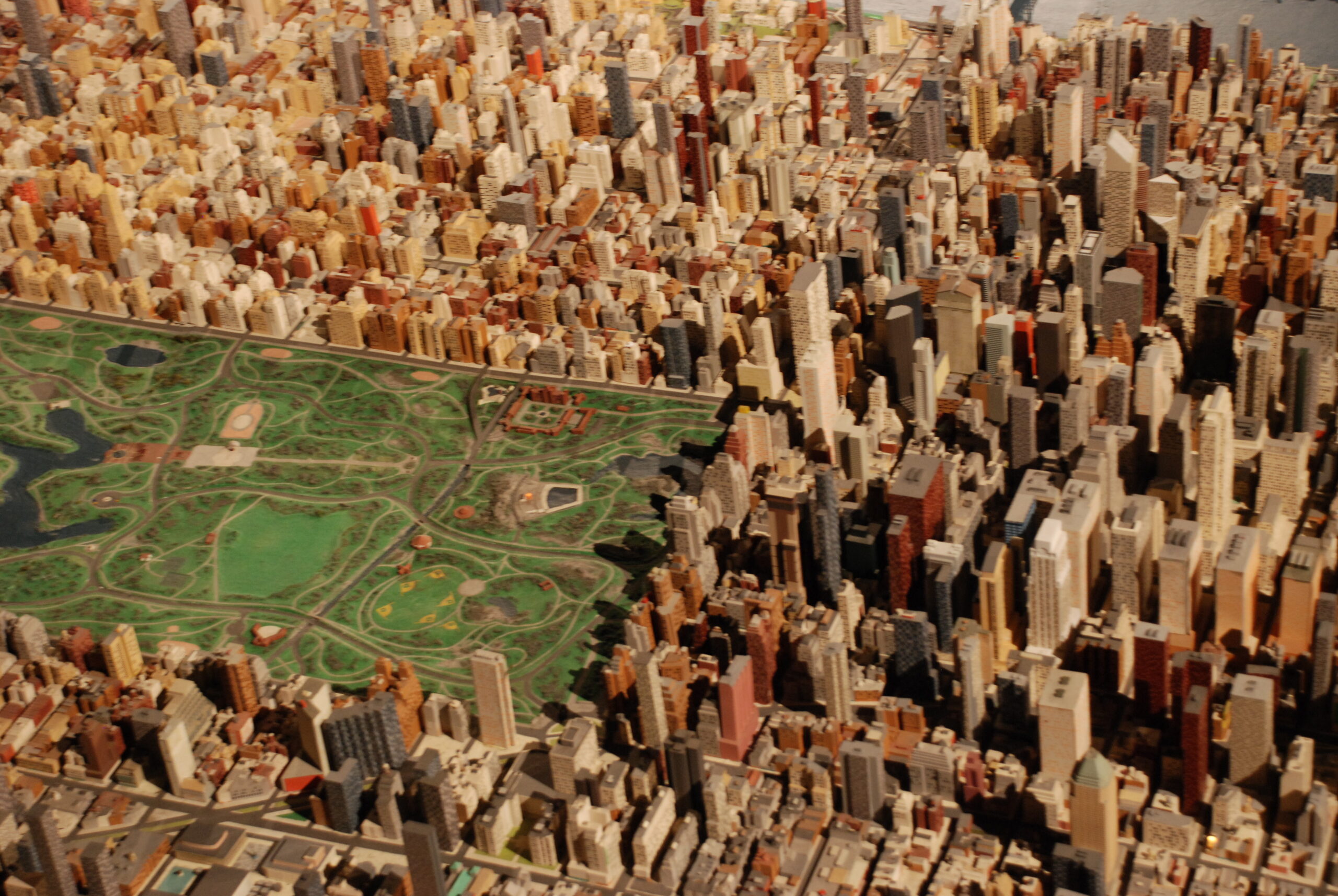
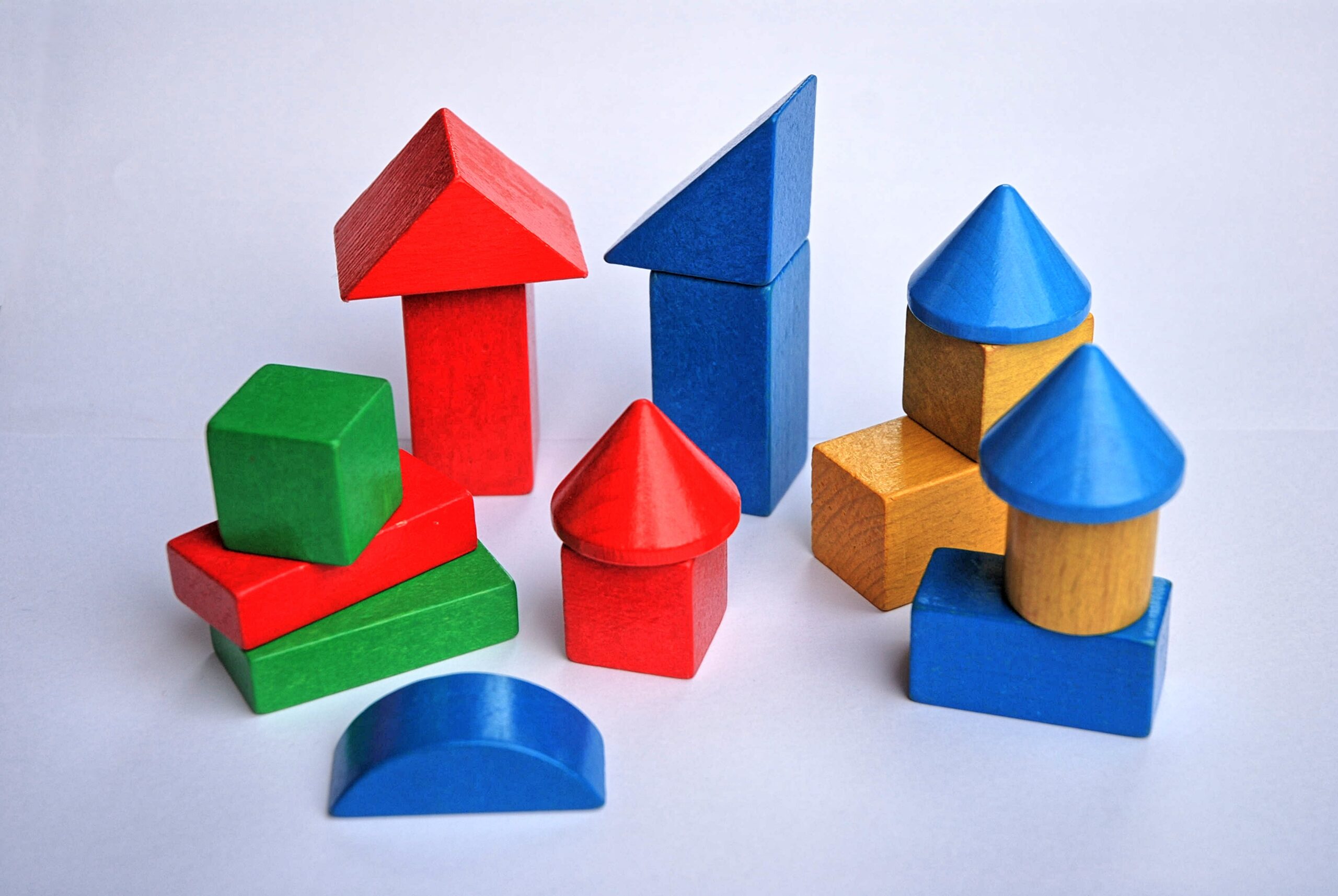
 East 34th
East 34th  National Museum of Qatar
National Museum of Qatar 